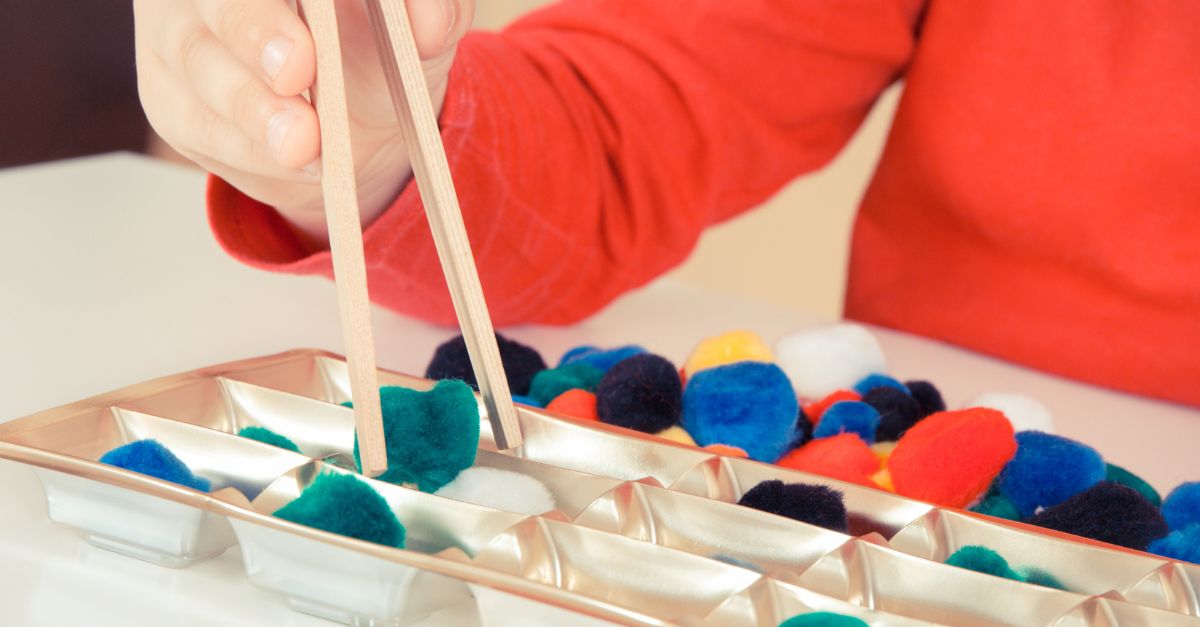Emergent writing is one of the most exciting milestones in early childhood education, marking the beginning of a child's journey into written communication. It encompasses a range of early expressions, from joyful scribbles and imaginative drawings to the early formation of letter-like shapes. These first attempts at writing are not only a form of self-expression but also serve as a critical foundation for literacy development. As children explore and refine these early writing skills, they lay the groundwork for stronger communication abilities that will support their learning and growth.

What Is Emergent Writing?
Emergent writing refers to the earliest forms of written expression by young children, even before they can form recognizable letters or words. According to the National Association for the Education of Young Children (NAEYC), this process typically progresses through the following stages:
- Scribbling: Random marks on paper that may not yet convey a clear message.
- Left-to-right scribbling: Marks begin to move in a left-to-right direction, mimicking the flow of written text.
- Letter-like forms: Children's scribbles start resembling letters.
- Actual letters: Recognizable letters appear in their writing attempts.
- Letters for prominent phonemes: Children start matching letters to sounds they hear in words, such as writing "M" for "mom."
This progression involves three domains of skills:
- Conceptual knowledge: Understanding the purpose and conventions of writing.
- Procedural knowledge: Developing the mechanics of writing, such as forming letters.
- Generative knowledge: Producing meaningful writing beyond individual letters or words.

5 Activities to Support Fine Motor Development
Since emergent writing requires a combination of cognitive understanding and physical dexterity, supporting fine motor development is essential. Here are some engaging activities to help preschoolers develop the fine motor skills necessary for writing:
Playdough and Clay Manipulation
Squishing, rolling, and molding playdough or clay helps strengthen the small muscles in children's hands and fingers, which are essential for gripping a pencil or crayon. This hands-on activity also promotes creativity and spatial awareness as children shape their creations.
Contact Paper Art
Roll out a large piece of contact paper and secure it onto a table or wall, creating a sticky surface for children to explore. Provide small pieces of colored tissue paper for the children to pick up and stick onto the contact paper. This activity not only enhances fine motor skills, but can also be extended by encouraging children to practice color sorting, helping them to distinguish between different colors as they place the tissue paper in designated areas. The tactile nature of the sticky surface also offers sensory benefits, encouraging focus and concentration as children carefully place each piece.
Sorting Drop Box Activity
Take a cardboard box and create small slits on the top, each marked with a different color. Then, cut out small pieces of paper in matching colors. Children can practice sorting by dropping the colored paper into the corresponding slit on the box. This activity helps develop color recognition and sorting skills while also promoting hand-eye coordination as they aim to match the correct paper to the correct slot. As children engage in this activity, they also learn about categorization, which is a foundational concept in early childhood education.
Playing with Tape
Use small toys from the classroom, such as dinosaurs or cars, and secure them to a table with strips of tape. Children can practice using their pincer grasp—essential for writing—by removing the tape to "free" the toy. They can even re-tape the toys if they choose, promoting repetition and enhancing their fine motor control. This activity encourages both problem-solving and dexterity, giving children a hands-on way to strengthen their finger muscles, which are crucial for many daily tasks, including holding a pencil.
Tong and Pom-Pom Transfer
Using tongs or tweezers to pick up and transfer pom-poms from one container to another helps develop fine motor skills, hand strength, and precision.You can even try taping cardboard tubes to the wall of the classroom and children can practice dropping pom-poms through the roll and watching them land into a container underneath. This activity promotes hand-eye coordination while engaging children in a fun, purposeful task. You can vary the activity by introducing different sizes or colors of pom-poms, challenging children to sort or arrange them in patterns, or even creating simple sorting games to enhance their focus and attention to detail.

Supporting Emergent Writing with Lillio Learning Discovery Journals
Classrooms that nurture emergent writing offer a variety of tools and opportunities for children to explore written communication in its many forms. Lillio Learning offers high-quality, play-based curricula for children ages 0-5, developed by educators to support early childhood development. With Lillio Learnings Discovery Journals, preschoolers can express themselves through scribbles, drawings, and early attempts at letters while working on their emergent writing skills.
Lillio Learning Discovery Journals are designed to provide children with structured opportunities to attempt written communication at their own level. These journals include prompts that relate to daily activities within the Lillio Learning Curriculum, along with pre-writing tips to guide educators in supporting each child's writing attempts.
Throughout the year, the Discovery Journal explores a variety of pre-writing skills, including:
- Scribbling
- Name Writing
- Making Lines
- Self-Expression (including drawing)
- Types of Print (lists, labels, notes)
- Predictions
The journal also enables educators to capture children's attempts at communication and track their progress month by month. Tips for scaffolding activities are included on different pages, helping educators support children's development and meet them where they are. Sending the journals home allows children and families to reflect on and share their discoveries, fostering a deeper connection to their learning.
Emergent writing plays a crucial role in a child's development, blending cognitive skills with physical coordination. By integrating activities that enhance fine motor skills and offering supportive tools like the Discovery Journals, educators can create an environment that fosters curiosity, creativity, and confidence.

Ready to Foster Pre-Writing Skills in Your Classroom?
Supporting emergent writing helps build the foundation for strong communication skills, and Lillio Learning's Discovery Journals are the perfect tool for guiding young learners through this exciting milestone. Want to see how our journals can enhance your classroom's approach to pre-writing? Explore more here and discover how Lillio Learning can support growth in your classroom!